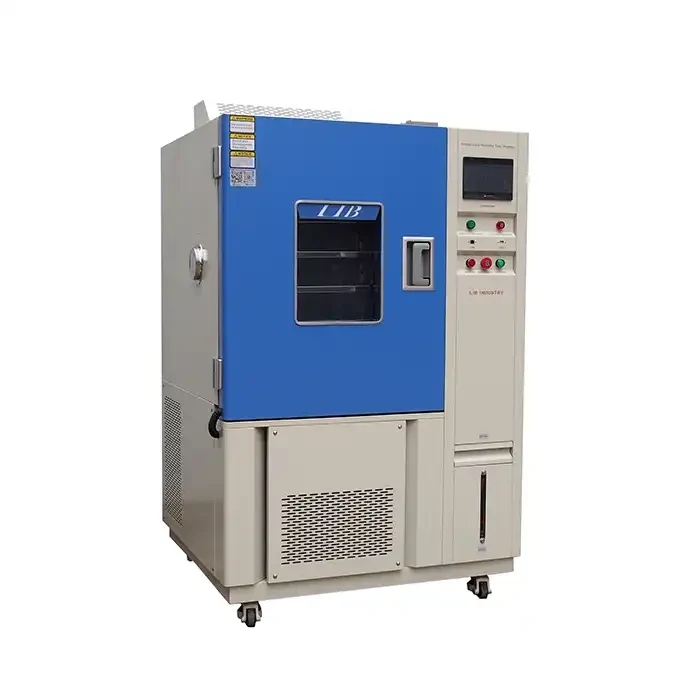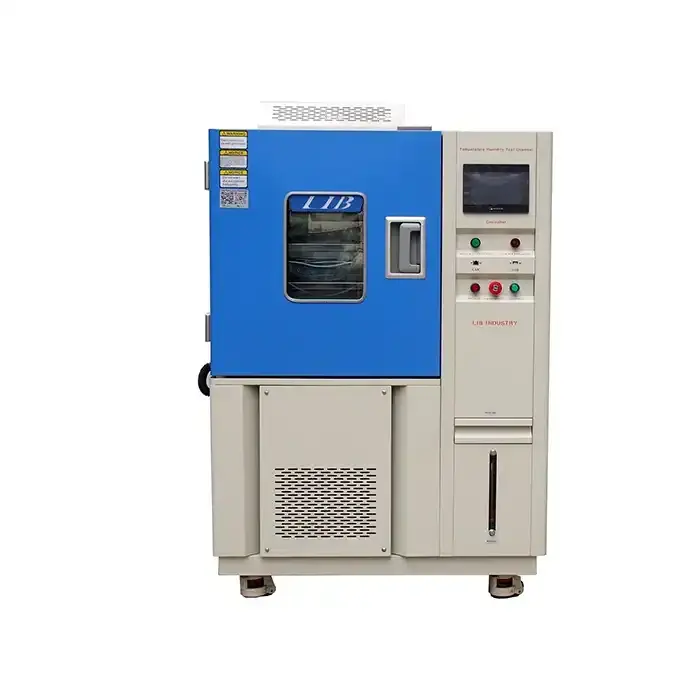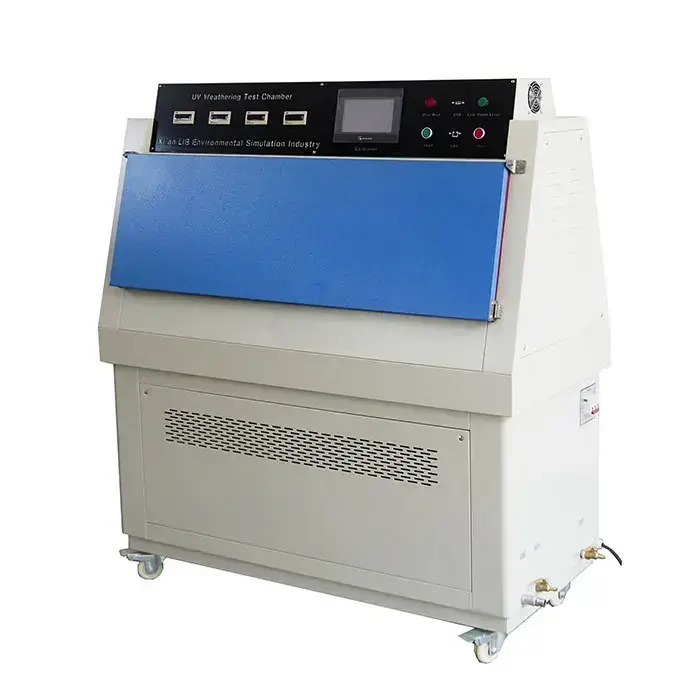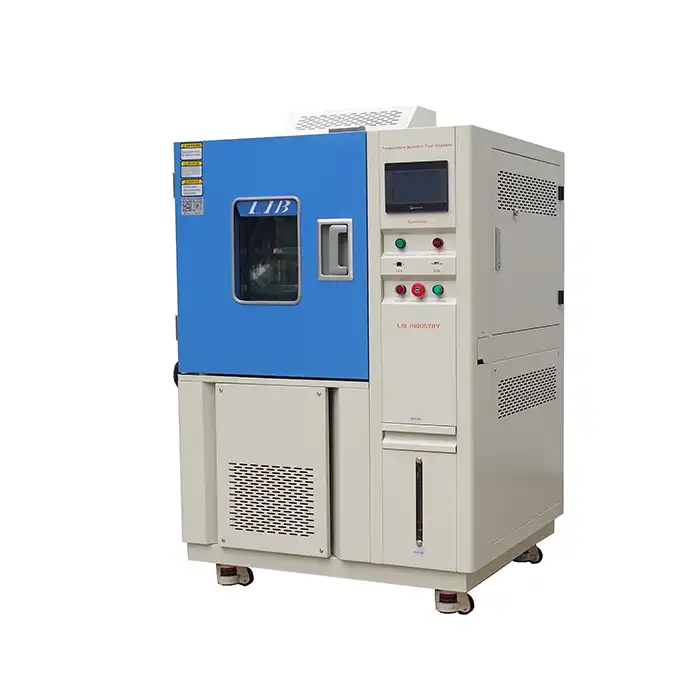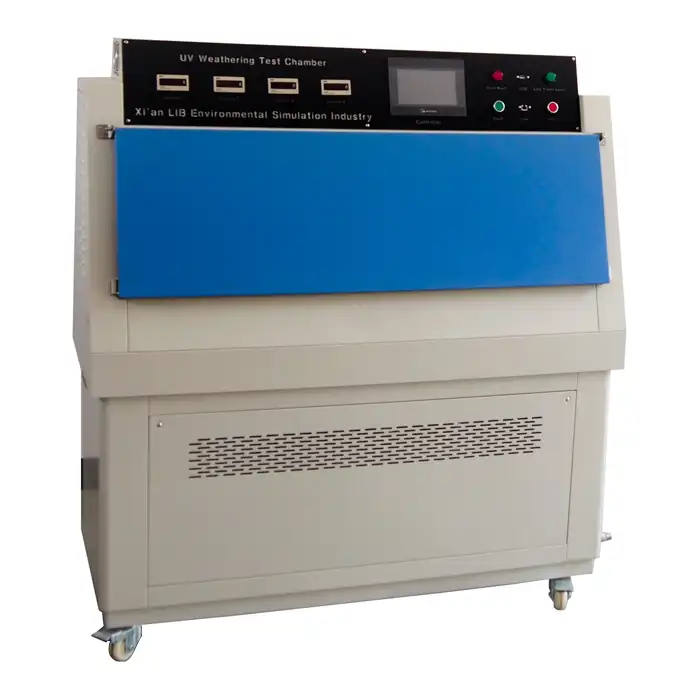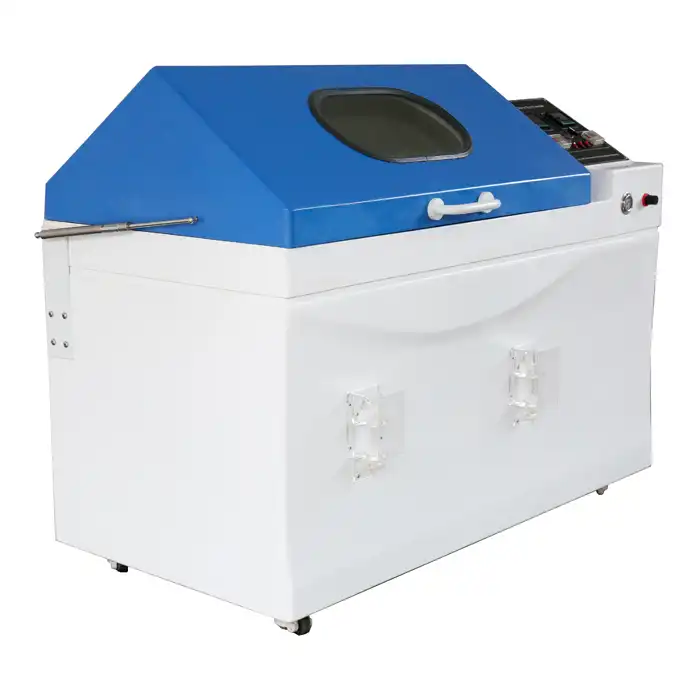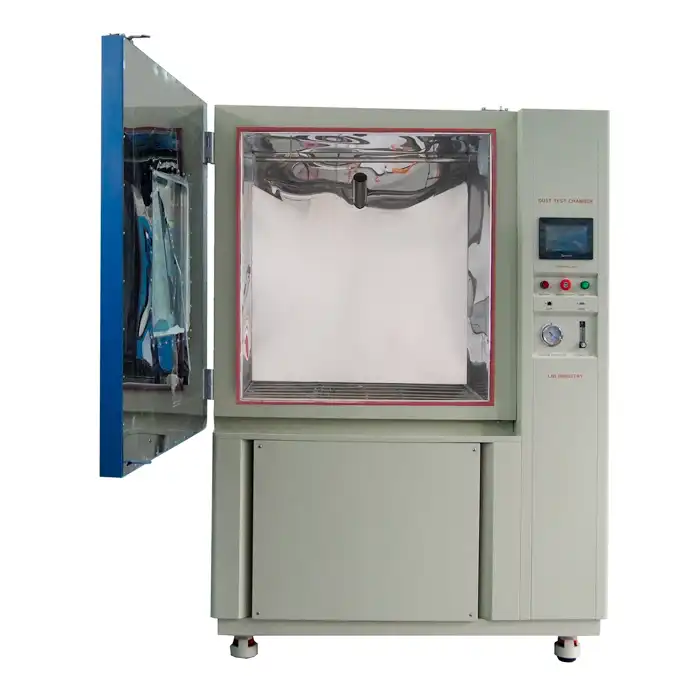How to Interpret Results from an IP5X Dust Test Chamber?
Dust ingress can be a critical issue for many electronic devices and equipment, particularly in industries where products are exposed to harsh environments. This is where the IP5X dust test chamber comes in, providing a standardized way to assess the ability of a device to resist dust penetration.
Understanding the IP5X Rating
The IP5X rating is part of the Ingress Protection (IP) code, which classifies the degree of protection provided against solid objects and liquids. The first digit (in this case, 5) refers to the level of protection against solid particles like dust. A rating of 5 means the device is protected against limited dust ingress; enough dust can enter to not interfere with the proper operation of the device. While dust may enter, it does not accumulate in harmful quantities, ensuring the device maintains its function.
Key Metrics in IP5X Dust Test Analysis
When interpreting results from an IP5X dust test chamber, specific metrics are essential for a thorough analysis. These key factors help manufacturers determine how well their products can withstand exposure to dust in real-world conditions:
- Dust Ingress Level: After testing, the amount, and size of dust particles that penetrate the device are evaluated. The IP5X test ensures limited dust ingress, meaning while some particles may enter, they should not accumulate to the point where they affect performance or safety.
- Environmental Simulation: The test chamber simulates conditions that the device might experience in its intended environment. It often includes factors such as air pressure and circulation during the test, ensuring that the device's performance is tested in a dynamic and realistic scenario.
- Duration of Exposure: The exposure time of the device to dust particles is another critical metric. IP5X tests typically last for several hours, designed to simulate prolonged exposure to a dusty environment to evaluate long-term resistance.
- Post-Test Functionality: The most crucial metric is whether the device still functions correctly after the test. This includes ensuring that no critical components have been compromised due to dust ingress.
Common Problems and Impacts of Products in IP5X Testing
During IP5X testing, many common issues may arise that can affect the product's performance. One of the most frequent problems is dust buildup within sensitive components. For example, in electronic devices, dust particles may clog ventilation systems or settle on circuit boards, leading to overheating and reduced efficiency. This can be particularly problematic in products like industrial machinery or outdoor equipment, where dust exposure is constant and severe.
Another issue often encountered is seal degradation. Products with inadequate sealing will allow more dust to infiltrate over time, compromising their IP5X rating. As dust accumulates, it can cause mechanical parts to wear down faster, potentially resulting in malfunction or complete failure. For instance, testing has shown that poorly sealed motors experience significant performance drops after prolonged exposure to dust, which may not be immediately evident without post-test analysis.
In addition, optical sensors and displays can face reduced precision or visibility due to dust particles settling on surfaces. In applications such as surveillance cameras or measurement instruments, even minor dust ingress can lead to significant operational disruptions.
Understanding these common problems helps manufacturers take preemptive measures to design and produce more dust-resistant products, ensuring they pass IP5X testing with flying colors.
Comparing Pre-Test and Post-Test Device Performance
One of the most critical aspects of interpreting IP5X dust test results is comparing a product's pre-test and post-test performance. This comparison provides insights into how well the device withstands dust exposure and whether any performance degradation has occurred.
For instance, in a case study involving an industrial cooling fan, pre-test performance showed optimal airflow efficiency and stable operating temperatures. After undergoing an IP5X dust test, post-test analysis revealed a 15% reduction in airflow due to dust obstructing the fan blades and ventilation. While the fan still operated, the reduced efficiency indicated the need for improved dust seals or more frequent maintenance.
Similarly, products like smartphones or tablets subjected to IP5X testing may exhibit minor performance drops in touch sensitivity or screen clarity post-test. In many cases, these issues are resolved by cleaning the device, but they highlight the importance of thorough post-test inspections to ensure long-term usability.
By conducting detailed performance comparisons, manufacturers can identify potential weaknesses in their products and make necessary design adjustments to enhance durability against dust exposure. This process not only ensures compliance with IP5X standards but also boosts customer satisfaction and product reliability.
At LIB Industry, we specialize in providing turn-key solutions for environmental testing, including IP5X dust test chambers. Our customized solutions are designed to meet the unique needs of manufacturers worldwide. If you'd like to learn more about how our products can help ensure the durability and reliability of your devices, contact us today at ellen@lib-industry.com for more information.
References
1. IEC 60529: Degrees of Protection Provided by Enclosures (IP Code) - International Electrotechnical Commission (IEC)
2. Environmental Testing: Dust and Sand Tests - MIL-STD-810G Standard for Military Equipment
3. IP Rating Standards Explained - International Organization for Standardization (ISO)
4. Dust Testing in Electronics - Environmental Stress Testing Guidelines from ASTM International (American Society for Testing and Materials)



